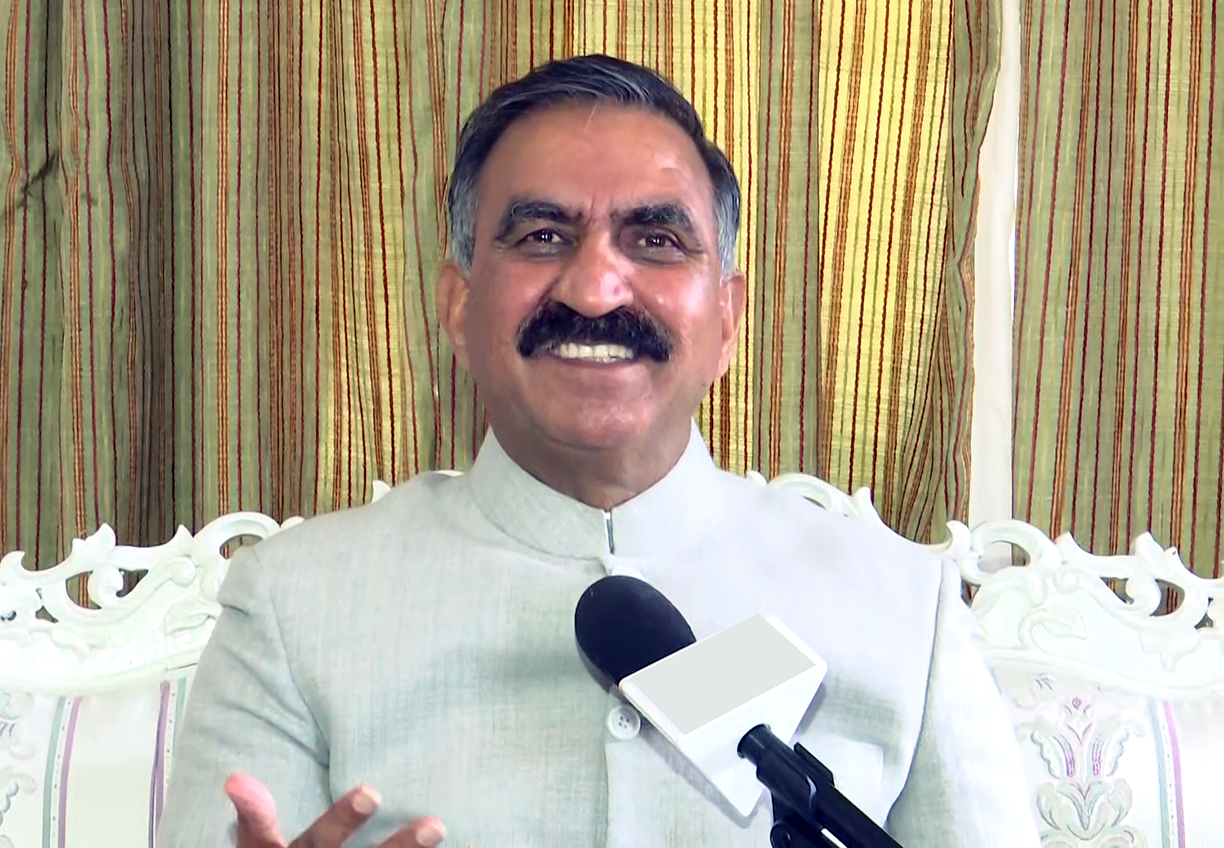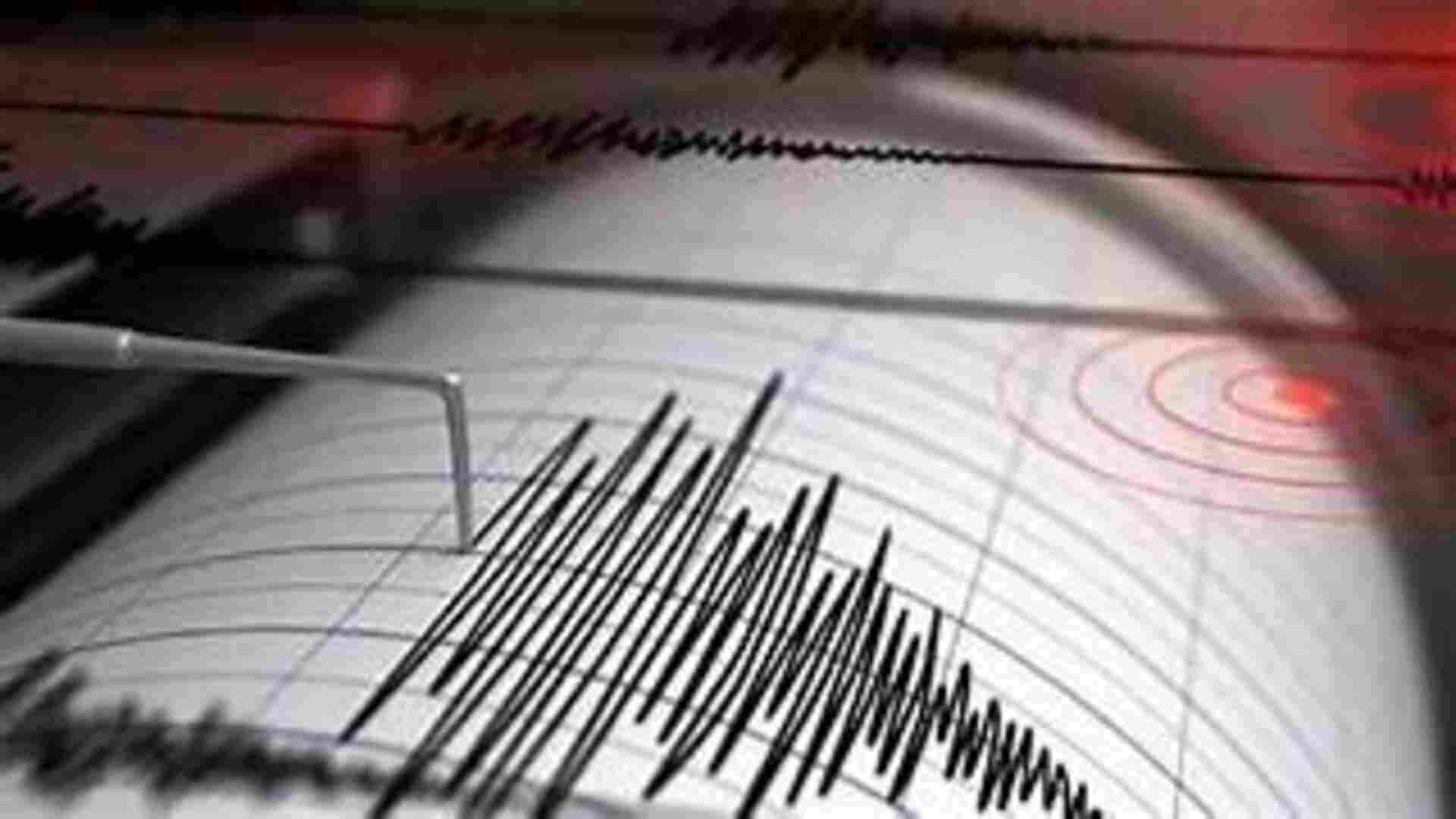The flood fury continues to play havoc in different parts of the country, and even in the national capital where the Yamuna is expected to once again cross the danger mark, there are no signs of a let up for those affected by the unforgivable wrath of mother nature. However, the most sensational of all rescue operations took place in Himachal Pradesh, where the State government was able to rescue 290 tourists stranded at the snowbound Chandra Taal lake at an altitude of over 14,000 feet, with dipping Oxygen levels. The entire area in the Lahaul Spiti region was cut off from the state, and chances of the tourists surviving were rated as very low. At a time when the Indian Air Force also expressed its inability to intervene due to continued bad weather, two Himachal Pradesh ministers including 65-year old Jagat Negi and Sanjay Awasthi (Chief Parliamentary Secretary), braved through the night for several hours, on three JCBs with the assistance of local drivers, to clear the road. The effort would not have been possible, had the Chief Minister, Sukhwinder Singh Sukhu not given up hope despite the Air Force’s operational difficulties. Sukhu prodded his ministers to carry on with Mission Impossible and they reached the Lake at 2 am in the early morning after a harrowing journey through blocked roads and passes. The sky was overcast and there was every possibility of the weather posing another big hurdle. The tourists were overwhelmed with the effort of the ministers and some even broke down on seeing them. Without caring for their own safety, the rescue team went ahead and accomplished the difficult task. The tourists walked for part of the way back to safety and were also subsequently transported in vehicles wherever it became possible. It was indeed another lease of life for the group, for whom everything had seemed lost at one point of time. In fact, throughout the natural calamity that descended on various parts of the Himalayan State, the low-profile Chief Minister worked relentlessly with his team, as well as bureaucrats and police officials. There was a cloud burst in the Kulu Manali region and the entire State had been virtually cut off from the rest of the country. Roads had been washed away and houses disappeared, displacing the residents who watched helplessly. Even the Chandigarh-Shimla route was affected following landslides, but Sukhu led by example. The human spirit and effort prevailed in the face of the worst fury faced by the state. The Himachal CM’s efforts need to be lauded since in many other provinces, the government and the machinery did not live up to the expectations of the people. In Delhi, the elected government kept on blaming Haryana for the woes of the people in the capital, accusing them of not maintaining the barrage gates at the ITO and releasing too much water from the Hathnikund barrage. When the emphasis should have been on relief, the focus was on the blame game. Delhi continues to reel under the flood aftermath and many areas are still inundated. The officials here did not anticipate what was coming and when the unexpected happened, they were found wanting in their efforts. Multiplicity of authority was visible, as the situation in the capital became a matter of national shame. In sharp contrast, Sukhu, seemed to have put his administration on top of the emerging situation, and demonstrated that publicity alone was not sufficient to project one’s achievements. When hard work on the ground becomes the basis, no such media advertisements are necessary. The work speaks for itself. It is true that the weather this time has been unprecedented; this was after 45 years as experts suggest. However, unprecedented situations call for unprecedented efforts as well. This was amply reflected by Jagat Negi and his colleagues. There was loss of lives, and property worth lakhs of crores perished. The emphasis has to be on reconstruction now and this may take some time. Back in Delhi, there must be measures on war footing to prevent the breakout of epidemics. The administration must gear up to face the emerging situation. There can be no excuses, and this daily confrontation between the Lt. Governor and the Chief Minister must halt. People should always come first. So far as neighbouring Haryana and other states are concerned, there are lessons to learn from all that has happened. If India has to become an economic super-power, it must first set its infra-structure right. There can be no excuses that should be offered or accepted in the future.
The Himachal CM’s efforts need to be lauded since in many other provinces, the government and the machinery did not live up to the expectations of the people. In Delhi, the elected government kept on blaming Haryana for the woes of the people in the capital, accusing them of not maintaining the barrage gates at the ITO and releasing too much water from the Hathnikund barrage.

















